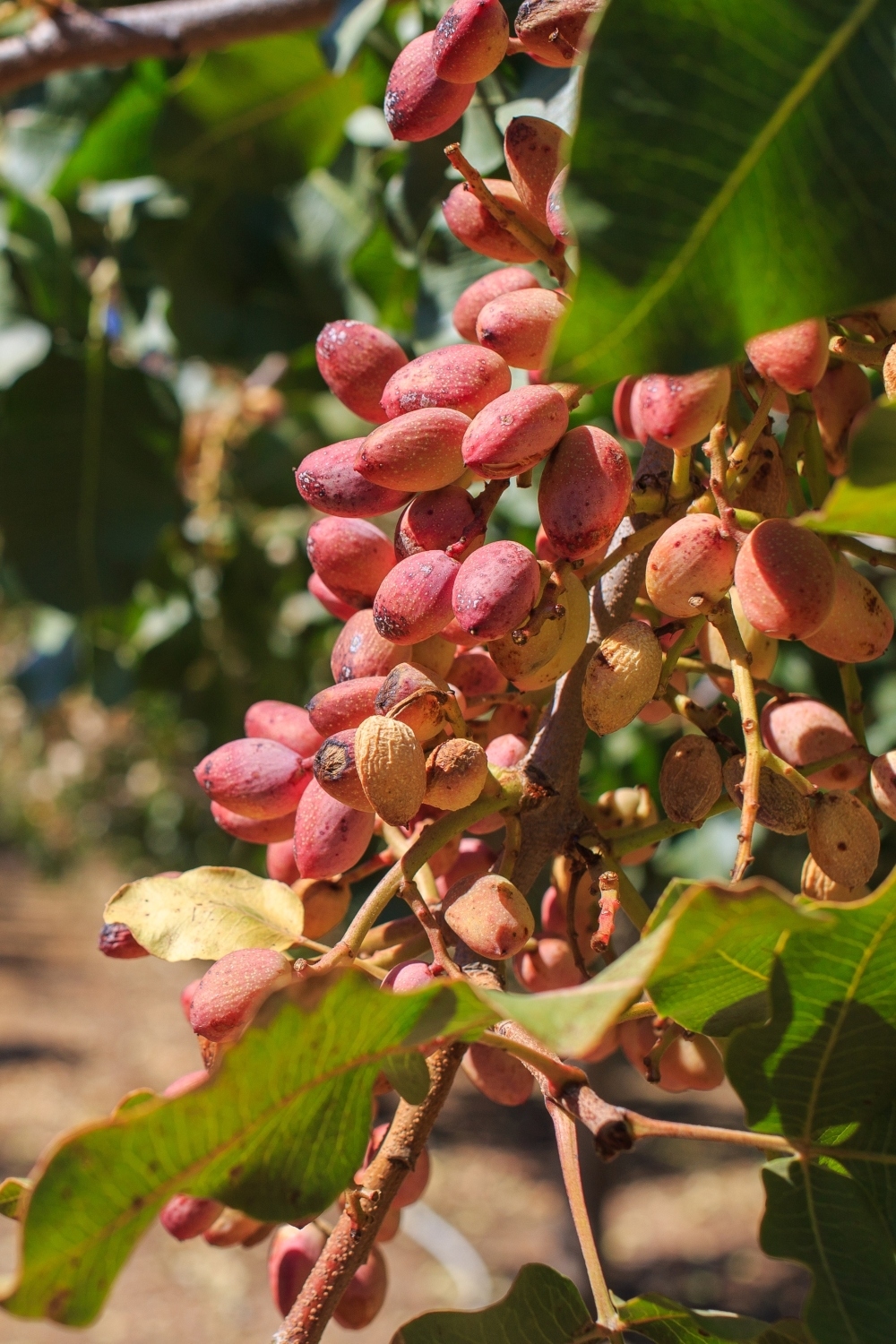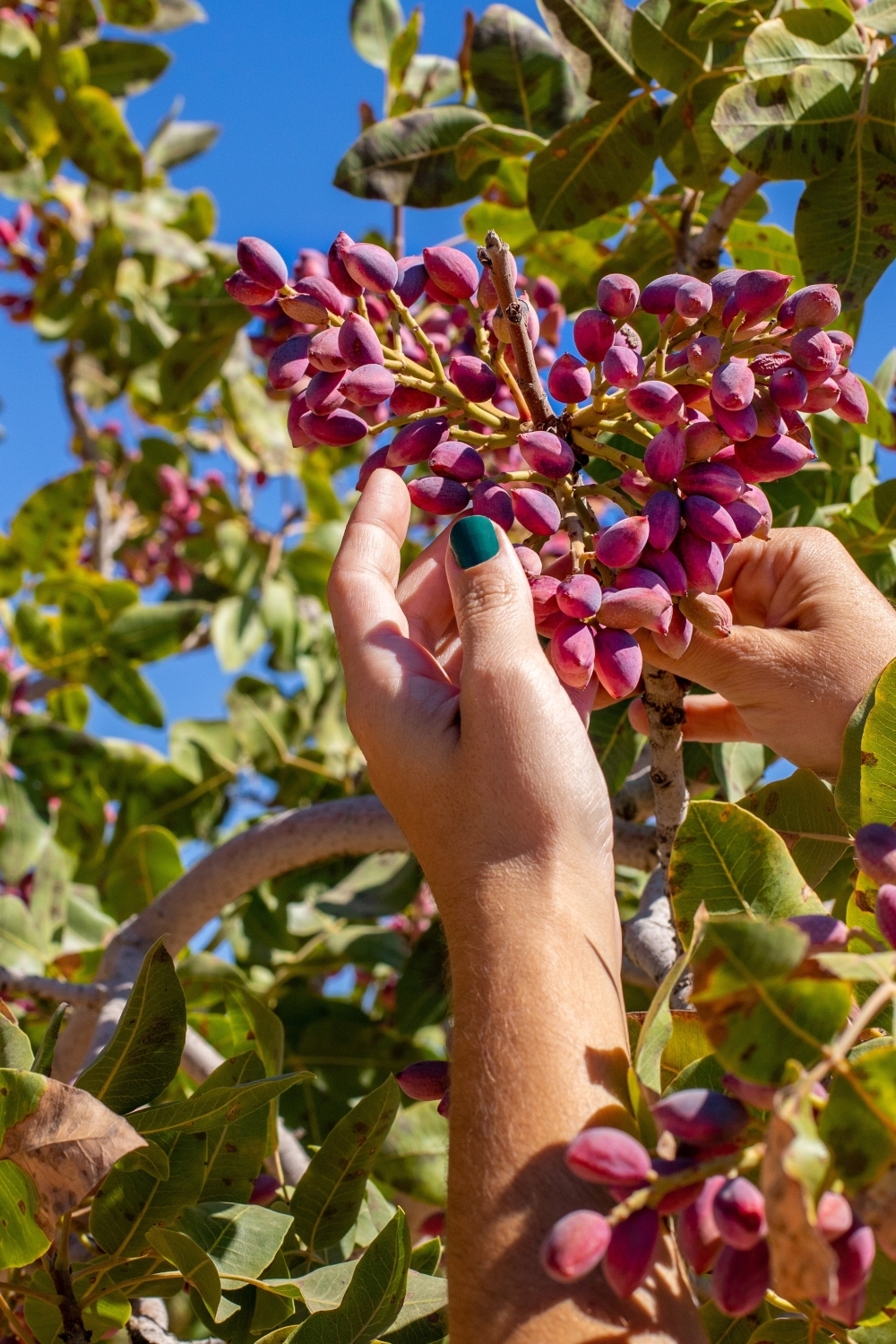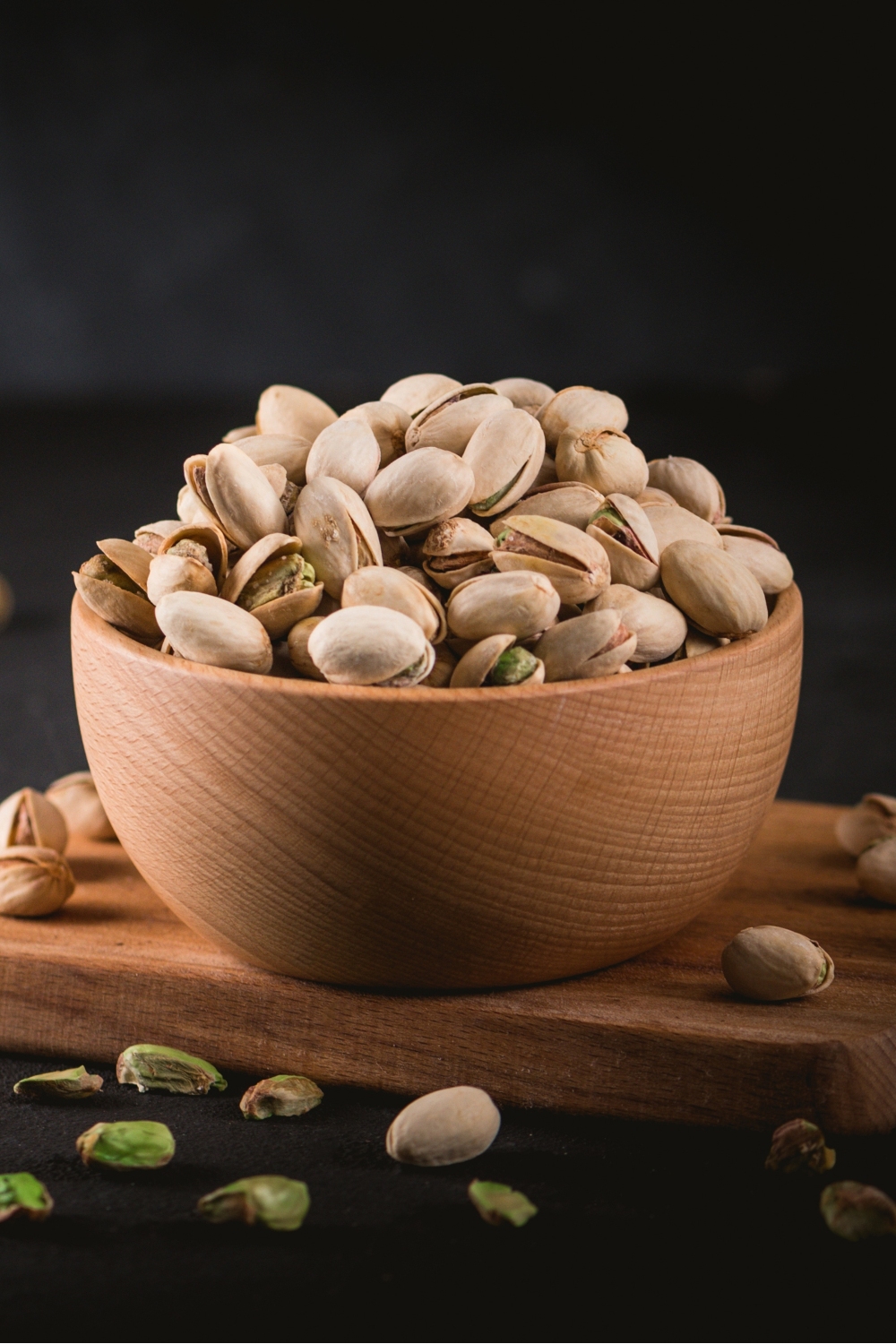Alongside macadamia nuts, pine nuts, Brazil nuts, and walnuts, pistachios are one of the most expensive nuts in the world.
Their flavor profile that combines sweet and earthy tastes, as well as the beautiful vibrant-green color of the kernels, is what makes them so special, as well as suitable for many dishes, especially desserts, like Iranian baklava or green ice cream.
But all that comes with a price. Namely, you have to go deep in your wallet to buy a bag of pistachios. But why are pistachios so expensive?
From suitable climate to transportation, there are plenty of reasons, but let’s take a closer look.
13 Reasons For Pistachios High Price
Pistachios are not the most eaten food in the world, but I am sure that they would be if they were just a bit more available or affordable. But what are they so expensive? There are 13 interesting reasons for this.
1. Pistachio Trees Take a Long Time To Mature

Once you plant a pistachio tree, it will take 1-2 years just for its root system and basic structures to develop.
In the next few years, the pistachio tree continues to develop branches and leaves, but even then, they are not yet mature enough to bear significant fruit.
Only around the fifth to seventh year, pistachio trees typically begin to transition into the pre-production stage, during which you may start to see some small clusters of pistachio nuts forming.
However, only after the seventh year, the tree begins to bear larger quantities of these popular types of food that start with P, and the peak production only begins when they are around 15 to 20 years of age. A really long time indeed.
2. A Single Pistachio Tree Has A Low Yield
After the long time it takes the tree to fully develop and start producing the nuts, you won’t see large amounts of nuts on it, even when it is at its peak.
Although the yield of a single tree can vary widely based on factors such as the tree’s age, health, growing conditions, cultivation, and cultivation practices, a mature pistachio tree can produce anywhere from 25 to 50 pounds (11 to 23 kilograms).
However, these are the most optimistic numbers, and in most cases, pistachio trees produce even less.
3. Male Trees Do Not Produce Them At All
In pistachio trees, like many other plants, reproduction involves the presence of both male and female reproductive structures, which are responsible for the formation of seeds (in this case, pistachio nuts).
However, although male trees must be present, you won’t see any nuts on them. They are only there to transfer the pollen from the male flowers to the female ones, in a process called pollination.
So don’t be surprised when you don’t see any nuts at all on one of your pistachio trees.
4. Peak Production Is Only Every Other Year

Remember when I said that it takes almost 15 years for a pistachio tree to enter its peak stage? Well, even once it does, its production won’t be at its peak every year.
Namely, pistachio trees have their so-called “on-years” and “off-years”. For example, if 2023 is an “on-year”, your production of pistachios will be at its peak.
However, in the next year, the yield will be much smaller, i.e., you won’t see as many nuts on the tree like the previous year.
There are many reasons for this, including a combination of physiological, environmental, and biological factors, but I won’t go too deep into that now.
5. They Only Grow In a Few Places
The pistachio tree (Pistacia vera) thrives in specific climate conditions, which are typically found in arid and semi-arid regions.
It means that they require specific weather conditions, i.e. warm summers with low humidity for proper ripening and cool winters (a thousand hours under 45 degrees, but the ground can’t freeze).
These conditions can not be found in many places in the world.
So, they are limited to only a few of them, including countries like Iran or those in the Middle East, as well as the high deserts of New Mexico, the San Joaquin Valley in California, and southeastern Arizona.
6. They Require Huge Amounts Of Water
Every living creature on earth needs water to survive, and plants are living creatures as well.
Pistachios can be exceptionally thirsty plants, which means they need a lot of water, not only to give you a lot of nuts but also to survive.
On top of that, these plants only grow in hot, dry places, which are mainly located in the Middle East, and we all know that the water supply in those countries is sometimes problematic.
First, the price of water increases year by year, and there is also a drainage system that is responsible for supplying those trees with water.
All that is expensive, and consequently influences the final price of the pistachios you commonly find at grocery stores and supermarkets.
7. Drought Is An Obvious Problem
This problem is actually closely related to the previously explained one. Rain is responsible for supplying many plants with a high percentage of water.
However, since pistachio trees mostly grow in those countries where drought is a common phenomenon, these trees don’t get enough water from rain alone.
So it is important to constantly water them from the drainage system. Unfortunately, that is quite expensive, but we already discussed that in a previous part.
8. They Also Require Intensive Labor

You already know how much time it takes to grow a pistachio tree. Although today, most work is automated by technology, there still needs to be a human mind and hands to supervise and do some specific tasks.
And those hard-working laborers need to be adequately paid. When the long-term growth of the tree is over, more laborers must be engaged in the harvesting process.
And on top of that, the most complex task arises when those nuts come to quality control, where the laborers need to sort each and every pistachio by hand.
All that costs, so when you pay for that bag of pistachios at your local grocery store, you are also paying all of those hard-working laborers.
9. Transportation Is Complex
Transportation is a complex process that costs a lot when products are transported from one place to another.
It involves the costs of machinery, fuel, packaging, people who work in the transport system, etc.
However, the transportation of pistachios is even more expensive because most of them are harvested in faraway countries in the Middle East.
So the costs of transporting them from there to Europe and the United States are quite high.
10. Pests and Diseases Also Make Problems
Pests and diseases are common problems for all types of plants.
Like any agricultural crop, pistachios are susceptible to pests and diseases that can reduce yields and increase the cost of production.
Pest management and disease control measures can add to the overall cost.
11. Climate Changes Complicate Things
If you have been watching the news regularly, you must have seen talks about climate changes that are negatively affecting all aspects of our lives on Earth.
Agriculture is mostly affected and nuts are no exception. In fact, they are one of the most affected cultivars because they require specific climate conditions, which can be easily disturbed.
So, for example, there are already problems in California, a part of the US where pistachios are produced. Namely, summers are becoming hotter and winters are becoming colder.
Since pistachio trees can’t handle frost, they can easily get damaged during those extreme winters. For now, farmers are able to deal with that, but those methods are expensive, automatically contributing to higher costs.
12. “Nutrition Tax” Rises The Price

Although it may sound a little confusing at first, it is easy to conclude what a “nutrition tax” is when you think about it a little.
It is a term related to those foods that are highly nutritious, and because of that, have a higher price.
This is the case with almost all types of nuts, as most of them are loaded with various essential nutrients.
The cost of pistachios is therefore even a bit higher, as it is also a highly nutritious food.
13. High Demand And Cultural Significance As Well
Pistachios have a unique combination of sweet and earthy flavors, which makes them suitable for both sweet and savory dishes.
Aside from the fact that you can enjoy it on its own, you can incorporate it into various types of dishes, including cookies, muffins, breads, salads, sauces, popular baklavas, and many more.
If you are a fan of Italian culture, you can also use it in your Spuntini. This makes it a type of food that is high in demand, automatically driving its price up.
Aside from that, pistachios have a big cultural and historical significance. Pistachios have been cultivated and consumed for thousands of years, with a rich history in regions such as the Middle East, Central Asia, and the Mediterranean.
This is also something that makes it more significant, rising its price to even higher levels.
What Is The Price of Pistachio?
According to US Pistachio Prices, the retail price range for US pistachios is between US$ 3 and US$ 5 per kilogram or between US$ 1.36 and US$ 2.27 per pound(lb).
When it comes to wholesale prices, the prices for US pistachios range from US$ 2.1 to US$ 3.5 per kilogram or between US$ 0.95 to US$ 1.59 per pound(lb).
As you can see, the prices are quite high and there are plenty of reasons for that. However, pistachios are the type of delicious and nutritious food that you can incorporate into so many amazing dishes.
It is therefore worth it to put your hand deep into the pocket in order to enjoy these flavorful nuts.


